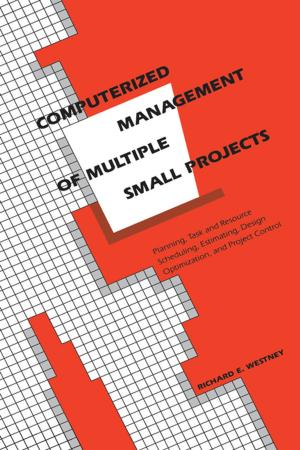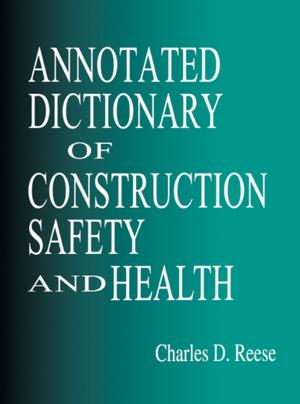Slope Safety Preparedness for Impact of Climate Change
Nonfiction, Science & Nature, Technology, Engineering, Civil| Author: | ISBN: | 9781315387765 | |
| Publisher: | CRC Press | Publication: | June 1, 2017 |
| Imprint: | CRC Press | Language: | English |
| Author: | |
| ISBN: | 9781315387765 |
| Publisher: | CRC Press |
| Publication: | June 1, 2017 |
| Imprint: | CRC Press |
| Language: | English |
Many countries are increasingly threatened by major landslide disasters and fatalities due to extreme weather events which have major implications for public safety and the sustainability of infrastructure and the built environment. A further increase in such a trend could come from climate change.
This book helps to fill in the gap due to the fact that landslide hazards are commonly not covered under the policy debate on climate change. The book highlights the importance of raising awareness to the challenges of landslide hazards due to climate impact. It provides a holistic frame for understanding the key issues and new tools that could be used to assess and manage the landslide risks.
The book gathers contributions from 21 countries and regions in the form of national reports or summaries with respect to four key aspects: a) the methods used for evaluating changing weather and changing landslide patterns; b) the changing weather patterns; c) the changing landslide patterns and hazard scenarios; d) the applications to risk management and the formulation of adaptation measures.
Recommendations are made for enhanced preparedness and resilience. Improved crisis management and areas for future work are suggested.
Many countries are increasingly threatened by major landslide disasters and fatalities due to extreme weather events which have major implications for public safety and the sustainability of infrastructure and the built environment. A further increase in such a trend could come from climate change.
This book helps to fill in the gap due to the fact that landslide hazards are commonly not covered under the policy debate on climate change. The book highlights the importance of raising awareness to the challenges of landslide hazards due to climate impact. It provides a holistic frame for understanding the key issues and new tools that could be used to assess and manage the landslide risks.
The book gathers contributions from 21 countries and regions in the form of national reports or summaries with respect to four key aspects: a) the methods used for evaluating changing weather and changing landslide patterns; b) the changing weather patterns; c) the changing landslide patterns and hazard scenarios; d) the applications to risk management and the formulation of adaptation measures.
Recommendations are made for enhanced preparedness and resilience. Improved crisis management and areas for future work are suggested.















